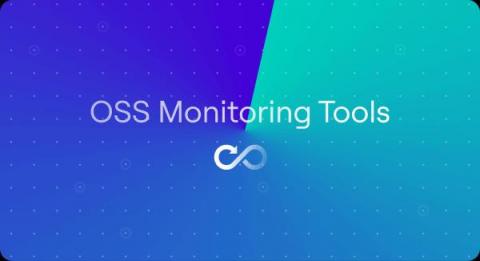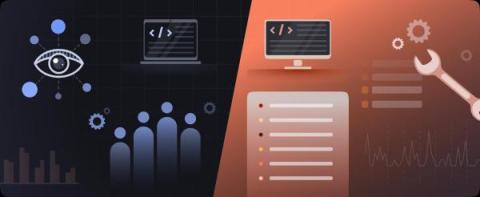Operations | Monitoring | ITSM | DevOps | Cloud
Open Source
From Spotify to Open Source: The Backstory of Backstage
Technology juggernauts–despite their larger staffs and budgets–still face the “cognitive load” for DevOps that many organizations deal with day-to-day. That’s what led Spotify to build Backstage, which supports DevOps and platform engineering practices for the creation of developer portals.
How to create session windows in Apache Flink
Starting Your Open-Source Journey
Maximize cloud efficiency: how to cut costs and keep uptime strong
How to create sliding windows in Apache Flink
Top 10 Open-Source Monitoring Tools for Modern DevOps Teams in 2023
In 2023, monitoring is essential to modern DevOps teams' work. DevOps teams need reliable and flexible tools to effectively monitor and manage complex systems that can provide real-time insights into system performance, availability, and security. Open-source monitoring tools have become increasingly popular due to their cost-effectiveness, flexibility, and community support.
Insights into Observability Tools: Commercial vs. Open-Source
Observability has become a critical aspect of modern software development and operations, allowing organizations to gain insights into the health and performance of their applications and systems. One of the key decisions when implementing observability is choosing between commercial or open-source tools. We spoke to several professionals who shared their experiences and insights on this topic, shedding light on the pros and cons of each approach.
Level Up Your Development with DevPod: Open-Source Tool - Civo.com
The Leading Open Source Dashboard Software
There are many advantages to using dashboards that are powered by open-source technology that make them a compelling choice for many organizations. Below we will discuss some of the major benefits of using dashboards that are built with the help of open-source technology, along with examples of some of the leading use cases for which open-source technology has been utilized.











